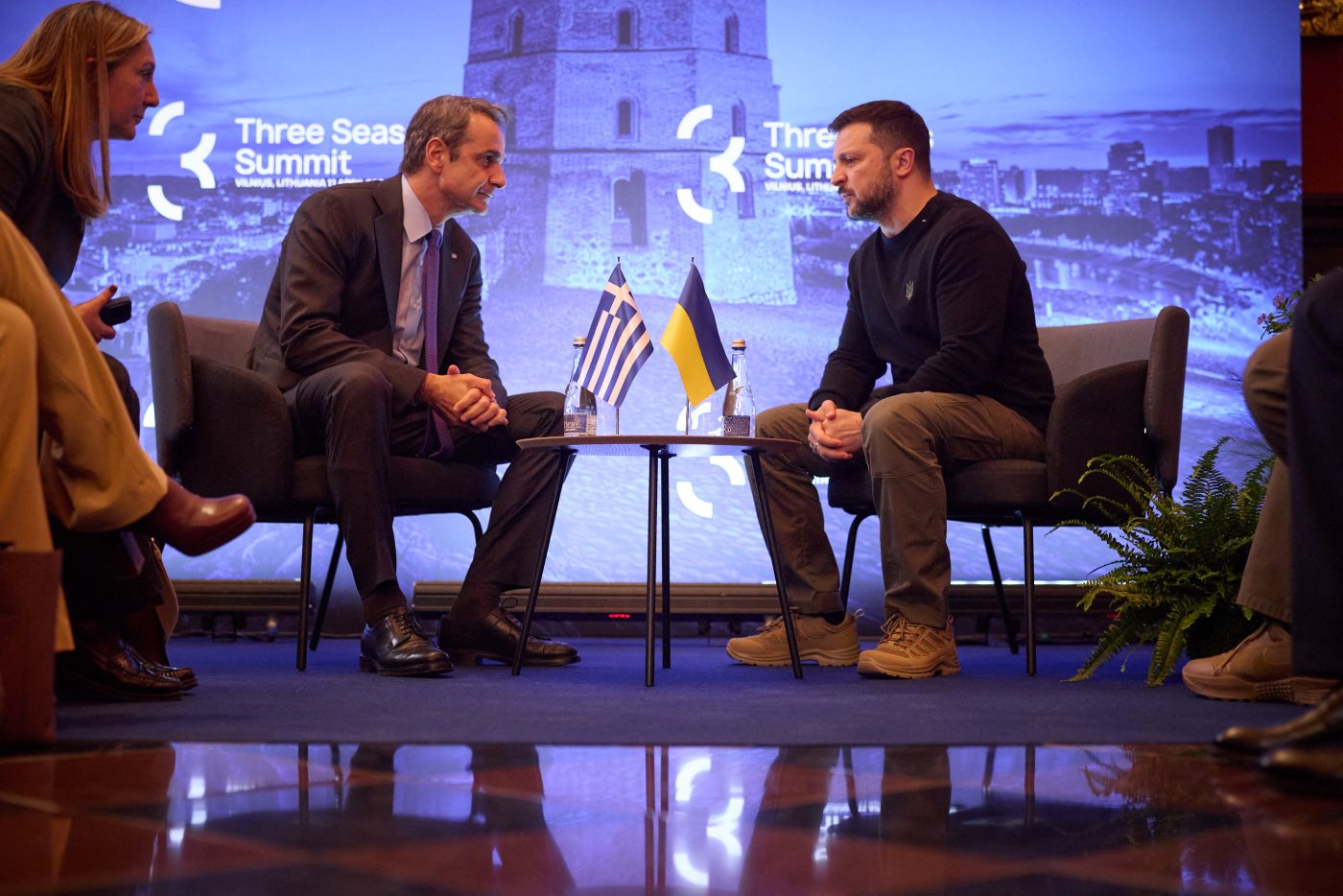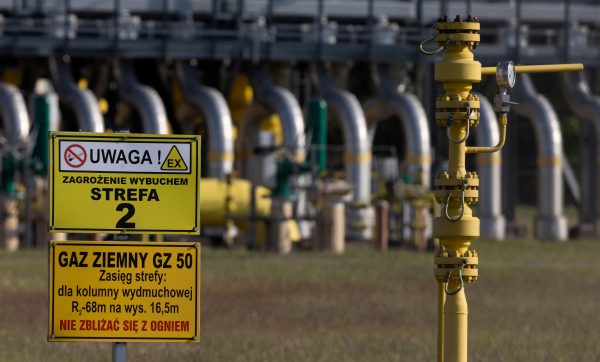The Iron Curtain is long gone. But you can still sense its shadow. Road, rail, air, energy and other connections are worse in the half of Europe that experienced communist rule. North-south links are particularly dire. At the Three Seas Initiative (3SI) summit in Vilnius last week, participants swapped horror stories about the continuing poor connectivity between the Baltic, Adriatic, and Black Sea. Gdańsk to Thessaloniki, for example, is a complicated 52-hour journey by train and bus. Hamburg to Naples, roughly the same distance, is 20 hours in four fast trains.
Those gaps are closing, but not fast enough. Fixing them has been the 3SI’s goal since it was founded at the Polish-Croatian behest in 2015. Many meetings later, this remains only an aspiration. It is easy to see why. The 3SI is not an international organization. It has no legal basis, budget, or secretariat. Leadership rotates annually between the presidencies of the 13 members: Estonia, Latvia, Lithuania, Poland, the Czech Republic, Slovakia, Hungary, Slovenia, Austria, Croatia, Romania, Greece (newly joined) and Bulgaria.
That structure (or lack of it) all but guarantees patchy leadership. Heads of state vary in character and effectiveness. Their office ranges from low-profile and symbolic (Hungary or Greece) to having real clout (Lithuania). Depending on domestic politics, presidents may work closely with their governments or be at loggerheads with them. The Czech Republic used to exemplify conflict between these state functions, while Poland was harmonious. Now it is the other way round.
The result is that the 3SI, for all its ambitions, has not fulfilled its potential. Over the past nine years, it has resembled an unloved orphan, bounced from one set of foster parents to another. Some are extravagantly affectionate. Others are distracted or outright neglectful. The child is stunted and confused.
This year’s Lithuanian hosts did well to put on a big business conference at short notice (disclosure: I chaired the opening panel) along with the usual summit. President Gitanas Nausėda hosted delegations from 25 countries, including ten heads of state. Japan signed up as a new “strategic partner”, joining the European Commission, Germany, and the United States. Some fast footwork just before the meeting avoided a bear trap: next year’s host will be Poland, in place of dodgy Hungary. The Chinese Communist Party still enjoys alarmingly friendly ties with politicians there and in Serbia, but wider fears of Beijing’s regional influence-peddling have abated. These efforts, launched in 2012, centered on a framework in which 16 ex-communist countries, later joined by Greece, competed for favors from Beijing. That “China-CEEC” cooperation looks like a paper tiger now.
But the fundamental questions remain. Where’s the money? Multilateral development outfits such as the European Bank for Reconstruction and Development, the European Investment Bank, and the Nordic Investment Bank already do a pretty good job of finding suitable projects and backing them. The 3SI has not raised much extra cash. Nor has it created new political will to shift priorities. Excluding non-EU countries limits its reach and clout.
The war in Ukraine—a non-member, for now—adds urgency. President Zelenskyy was the star guest in Vilnius. As participants enjoyed the cherry blossom groves surrounding the conference venue, bombs and rockets were pummelling Kharkiv and other Ukrainian cities. As Europe rebuilds its defenses, it urgently needs better infrastructure, more resilience, and speedier military mobility in the 3SI region. Help to Ukraine and its post-war reconstruction offers big opportunities.
But first, the 3SI must get serious. The next summit in Poland will be a key test, not least of the Warsaw government’s enthusiasm for the project. That orphan needs a proper home.
Europe’s Edge is CEPA’s online journal covering critical topics on the foreign policy docket across Europe and North America. All opinions are those of the author and do not necessarily represent the position or views of the institutions they represent or the Center for European Policy Analysis.





